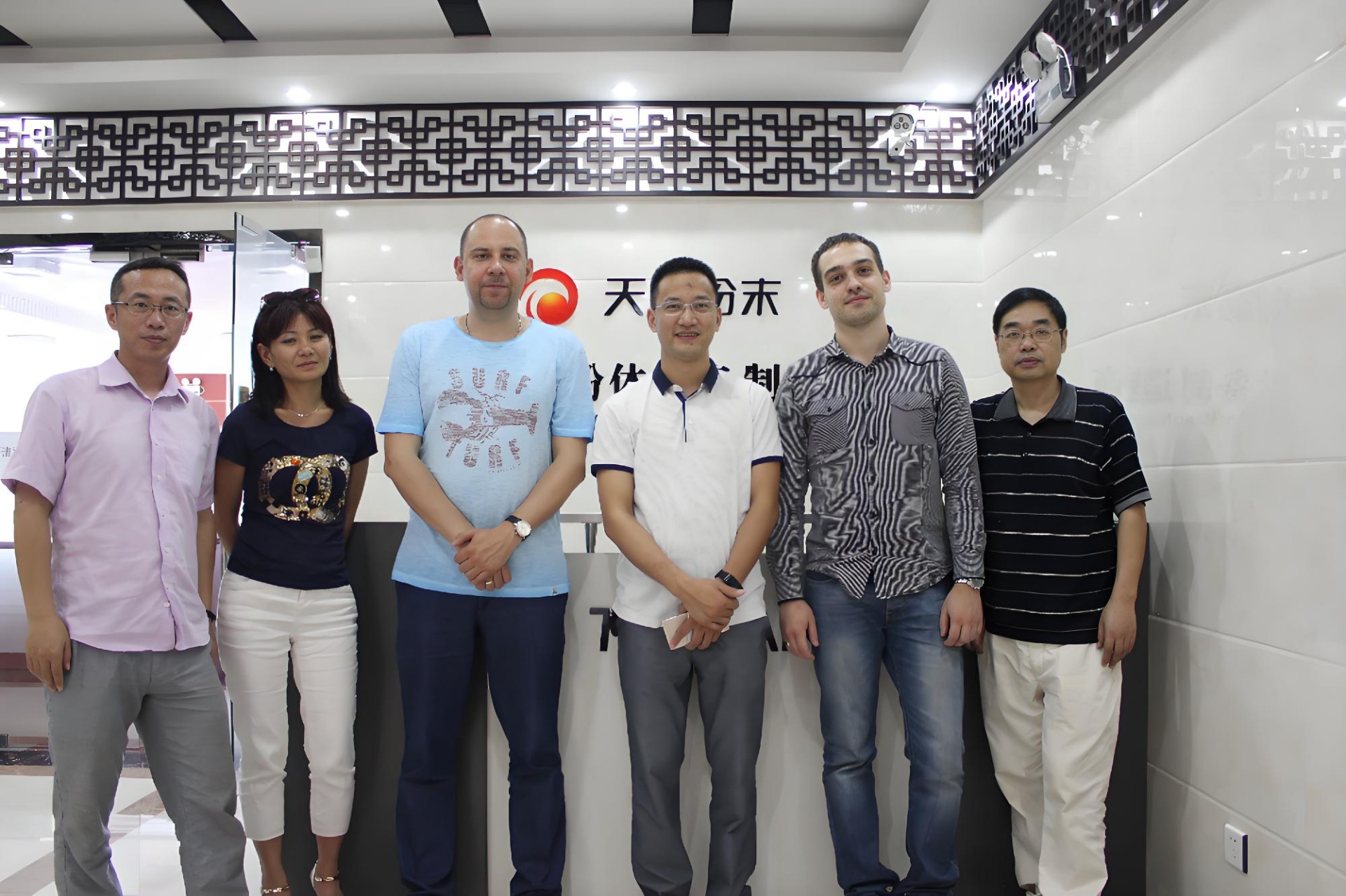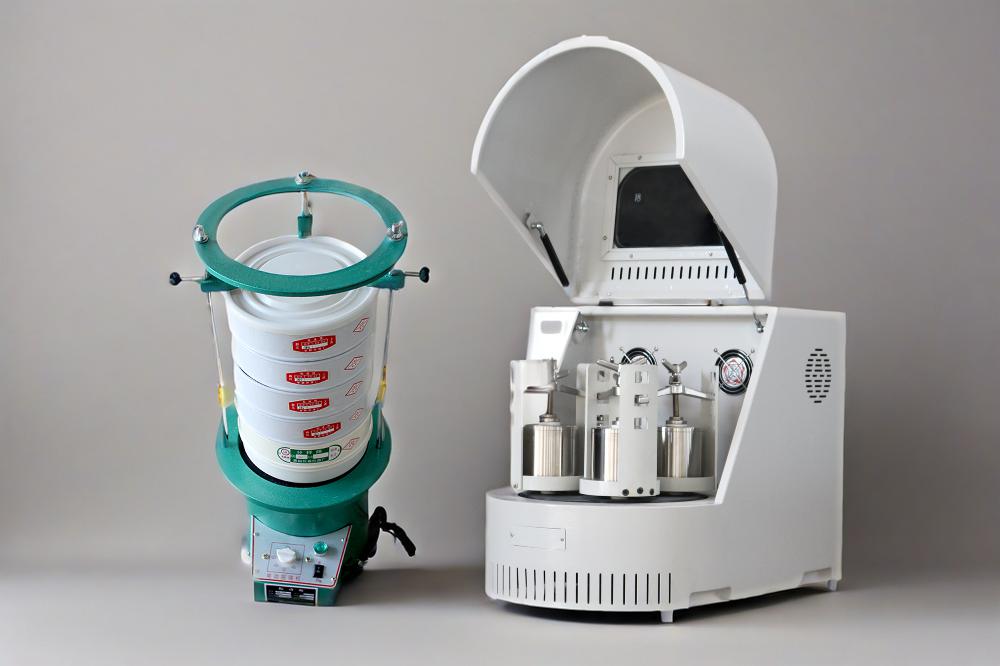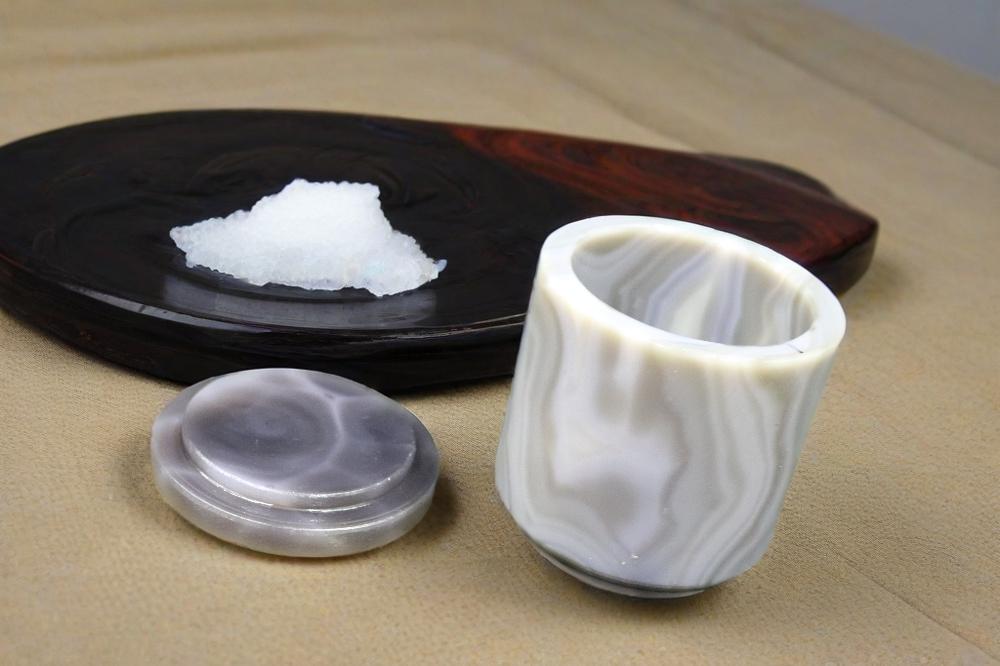As a key equipment in the fields of nanomaterial preparation, mechanical alloying, and raw material grinding, the performance of planetary ball mills directly affects the experimental results. At present, the quality of products on the market varies greatly, with different parameters. Improper procurement may lead to distortion of experimental data and even equipment damage. This article will provide you with a comprehensive reference for purchasing planetary ball mills from five dimensions: common procurement traps, analysis of equipment types, interpretation of core parameters, analysis of key components, and key points of use and maintenance.

Five major pitfalls and avoidance strategies for purchasing planetary ball mills
1. Virtual labeling of performance parameters
Common problem: The nominal speed does not match the actual speed, and the motor power is insufficient
Identification method: Request a test report to verify the parameters on the motor nameplate
Case: A certain brand's nominal 600rpm actually only reaches 450rpm
2. Material is inferior to good
High risk components: grinding tank liner, planetary gear
Identification skills: Request material testing report to check processing accuracy
3. Defects in the cooling system
Typical problem: Continuous working equipment heats up more than 15 ℃
Solution: Optional dual cycle water cooling system model
4. Lack of security protection
Key checkpoints: Whether the emergency braking device meets the requirements and whether the overload protection is functioning properly
Industry standard: Must comply with CE/UL security certification
5. Hidden dangers in after-sales service
Key inspection: Warranty period for core components (recommended motor/gearbox ≥ 3 years)

Suggestion for avoiding pitfalls: specify the warranty period for core components in the contract.
Analysis of planetary ball mill types
1. Classified by the number of workstations
Single workstation type: Simple basic scientific research project optional (please leave a message for price inquiries)
Four station type: High throughput experimental optimization (please leave a message for price inquiries)
Scalable: Modular design, supports later upgrades (please leave a message for pricing inquiries)
2. Classify by cooling method
Air cooled type: suitable for intermittent operation (low cost)
Water cooled type: suitable for continuous operation (temperature control accuracy ± 2 ℃)
Cryogenic type: equipped with liquid nitrogen system (-196 ℃), suitable for low-temperature grinding
3. Classify by control method
Mechanical: rotary speed control (outdated, being phased out)
Digital display: LED screen+button control (mainstream configuration)
Intelligent: Touch screen+IoT remote monitoring (cutting-edge trend)

Detailed Explanation of Core Parameters of Planetary Ball Mill in 2025
1. Operating parameters
Revolution speed: 100-600rpm (for nanomaterials, it is recommended to be ≥ 400rpm)
Rotation/revolution ratio: 1: -2 to 1: -3.5 (adjustable grinding efficiency ratio)
Acceleration: The new model can reach over 15G
2. Temperature control system
Real time monitoring: Infrared temperature measurement accuracy ± 1 ℃
Active cooling: Dual channel water cooling system becomes standard
3. Grinding tank specifications
Volume: 50ml/100ml/250ml/500ml
Material selection:
Stainless steel (basic version)
Zirconia (high purity)
Tungsten carbide (ultra-high hardness)
4. Intelligent control system
Program storage: ≥ 20 sets of process formulas
Safety lock: automatic shutdown when opening the lid
Key component composition and selection suggestions
1. Transmission system
Gearbox: helical gear design life>10000 hours
Main shaft bearings: Brand is preferred for main shaft bearings
2. Grinding components
Tank sealing: Fluororubber O-ring+labyrinth structure
Fixture system: Quick release design improves efficiency
3. Monitoring system
Vibration Sensor: Preventing Unbalanced Operation
Temperature probe: multi-point distribution monitoring
4. Accessories selection guide
Vacuum system: used for easily oxidizable materials
Atmosphere protection: Ar/N2 gas interface
Automatic feeding: suitable for pre industrial testing
Guide to the entire process of use and maintenance
1. Check before startup
Balance verification: Observe vibration during no-load operation
Lubrication status: gearbox oil level check
2. Operating standards
Loading ratio: Material+grinding ball ≤ 2/3 of tank volume
Speed setting: Step by step acceleration to avoid overload impact
3. Daily maintenance
Cleaning cycle: Deep cleaning every 5 experiments
Wear inspection: Measure the diameter change of the grinding ball every month
4. Fault handling
Abnormal noise: Immediately stop the machine and check the gear meshing
Temperature alarm: Check the cooling water circulation system
Procurement decision-making path:
1. Clarify experimental requirements → 2 Determine budget range → 3 Select compliant suppliers → 4 Sign maintenance agreement → 5 On site acceptance testing
Future trend: Intelligence (AI parameter optimization)+greening (low-energy design) will become the focus of competition for the next generation of products. It is recommended to prioritize brands with technological iteration capabilities to ensure that the equipment does not lag behind for 5-8 years.

